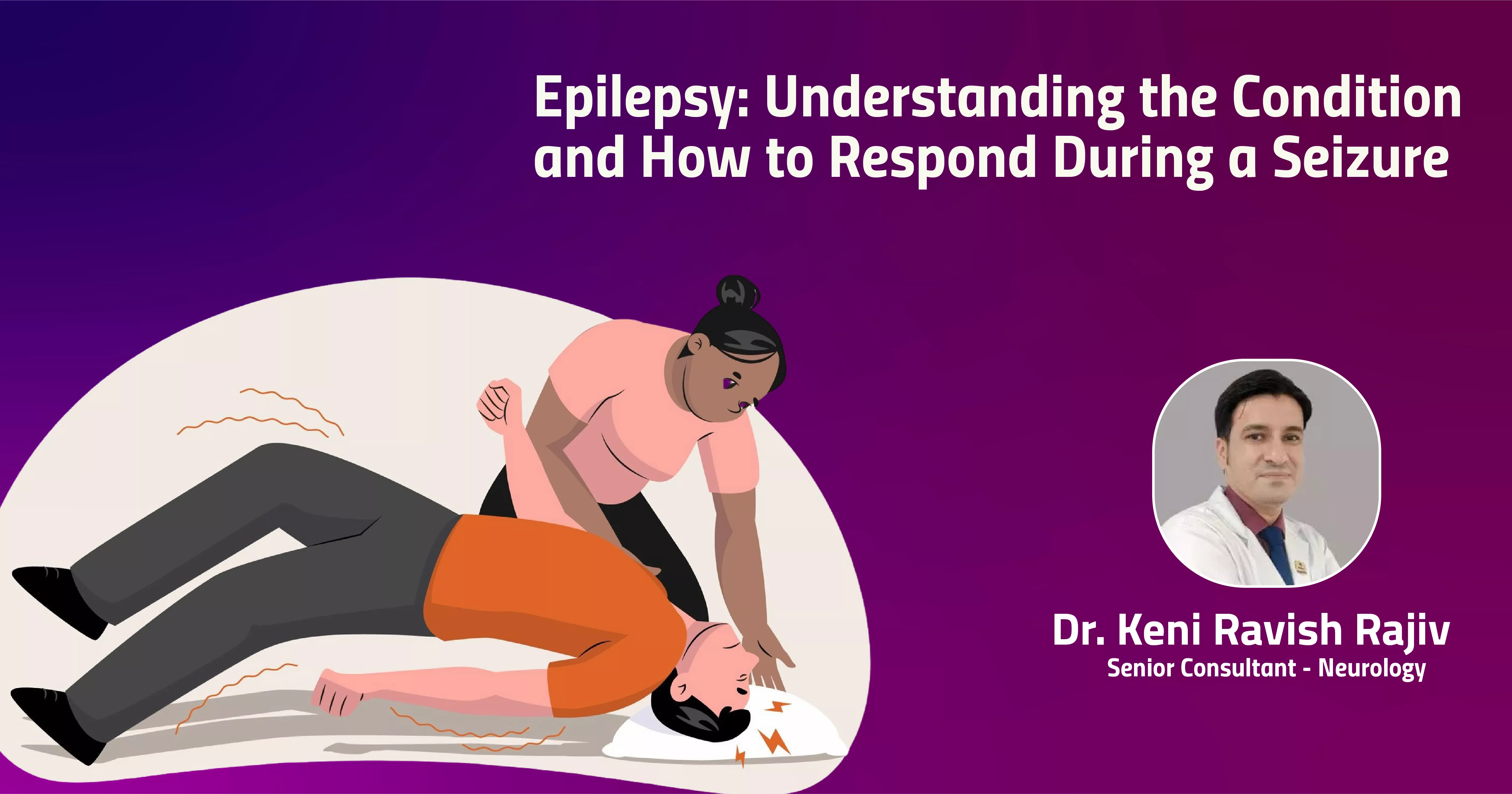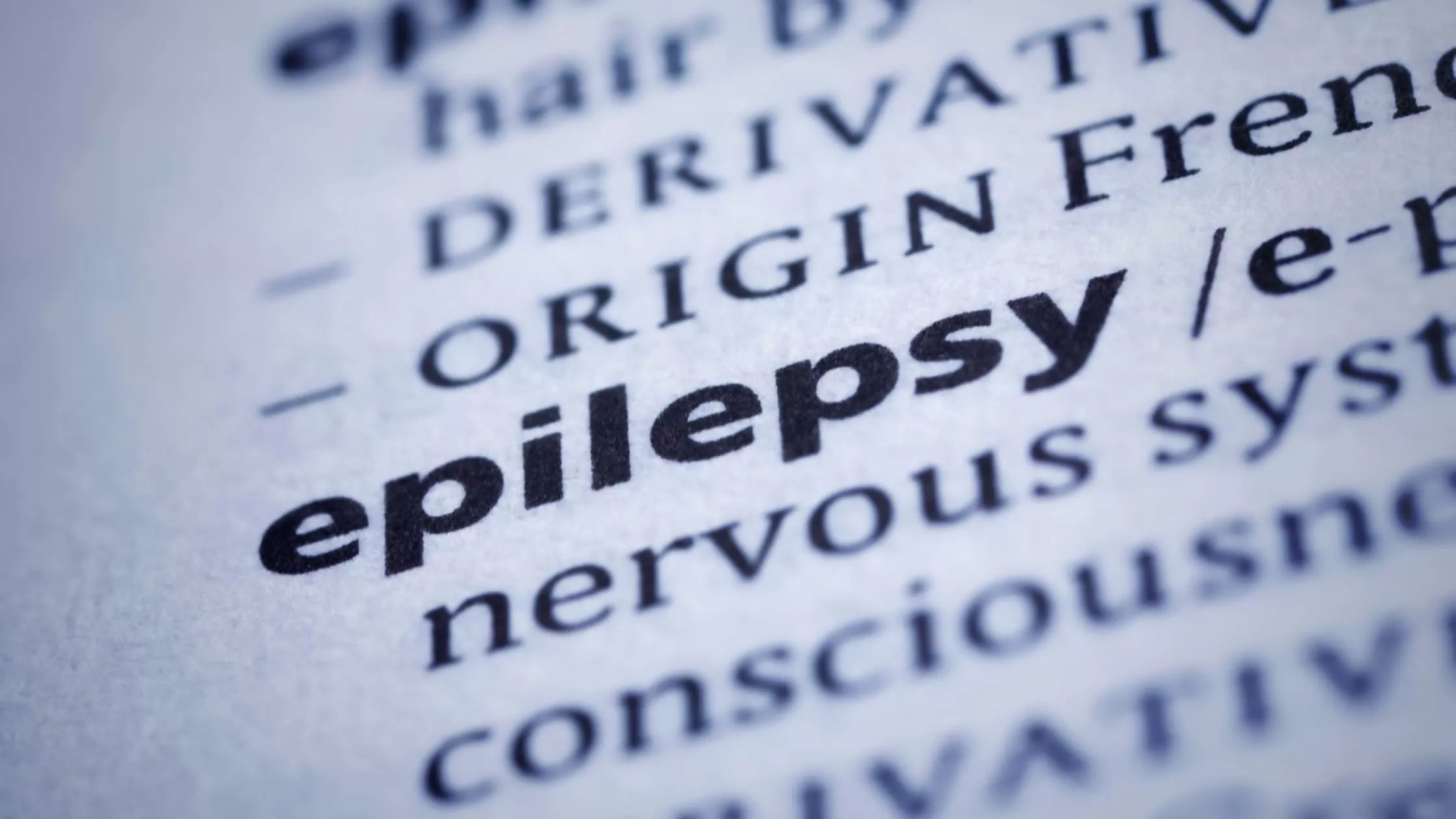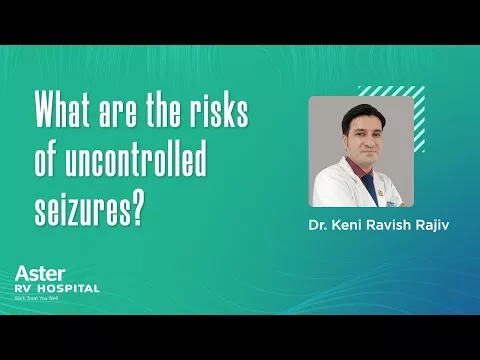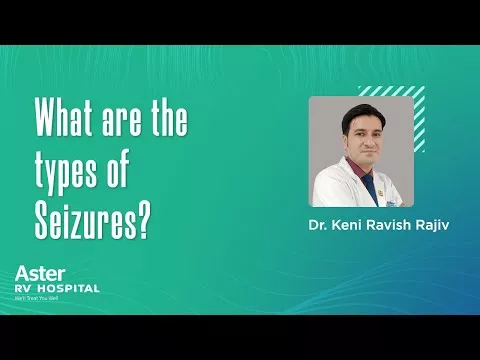Epilepsy is one of the most common neurological disorders, affecting millions of people worldwide. Despite its prevalence, epilepsy remains misunderstood, and those living with the condition often face stigma and misconceptions. Raising awareness about epilepsy is crucial to improving the quality of life for those affected, promoting early diagnosis, and ensuring access to appropriate treatment.
March 26th is World Purple Day, a worldwide campaign that aims to raise awareness regarding epilepsy, push for improved treatment, and stand with individuals and families living with the condition. This day is meant to remind everyone of the importance of educating communities and removing misconceptions around epilepsy so that people who live with the condition can get the respect, care, and support they need.
What Is Epilepsy?
Epilepsy is a long-term neurological condition that has recurrent seizures. Seizures happen because of abnormal electrical activity in the brain, and this can cause a range of symptoms, from momentary loss of awareness to convulsions of the entire body. The disorder can occur in individuals of all ages and demographics and may arise because of several causes, such as genetics, brain trauma, infections, and developmental conditions.
Types of Epilepsy and Seizures
There are various types of epilepsy, and the ailment can come in many ways. Knowledge regarding seizure types proves useful in apt diagnosis and care.
1. Focal Seizures (Partial Seizures): These start in one brain region and come in subsets of:
- Focal Aware Seizures: The individual retains consciousness but sometimes feels strange and unusual sensations such as tingling, sounds and flashing light.
- Focal Impaired Awareness Seizures: The state of consciousness is changed, and the individual may have repetitive behaviors or movements.
2. Generalized Seizures: In this, both halves of the brain are affected and comprise:
- Tonic-Clonic Seizures (Grand Mal Seizures): Associated with loss of consciousness, stiffness of muscles (tonic phase), and jerking movements (clonic phase).
- Absence Seizures (Petit Mal Seizures): Transient loss of awareness, usually mistaken for daydreaming.
- Myoclonic Seizures: Abrupt, short jerks of the muscles.
- Atonic Seizures (Drop Attacks): Sudden loss of muscle tone, causing the person to fall.
Who Is More Likely to Have Epilepsy?
Epilepsy can affect anyone, but certain factors may increase the likelihood of developing the condition:
- Age: Epilepsy is more common in young children and older adults.
- Genetics: A family history of epilepsy increases the risk.
- Head Injuries: Trauma from accidents, falls, or sports injuries can lead to seizures.
- Stroke and Vascular Diseases: Older adults who have experienced a stroke or heart disease are more at risk.
- Infections: Infections in the brain like meningitis or encephalitis may lead to a higher risk of epilepsy.
- Developmental Disorders: Disorders such as autism and cerebral palsy are associated with an increased risk of epilepsy
What are the Causes and Risk Factors of Epilepsy?
Epilepsy can occur without any known cause, but various factors can be involved in its development:
- Genetics: Certain types of epilepsy are hereditary, suggesting a genetic component.
- Brain Injuries: Traumatic head injury due to accidents, falls, or sports can cause epilepsy.
- Infections: Meningitis, encephalitis, or neurocysticercosis can cause epilepsy.
- Stroke and Vascular Diseases: Decreased oxygen flow to the brain can result in seizures, especially in elderly people.
- Developmental Disorders: Autism or cerebral palsy is associated with an increased risk of epilepsy.
- Brain Tumors: Abnormal brain growth can interfere with normal electrical activity and lead to seizures.
What are the Complications of Epilepsy?
Having a seizure at certain times can be dangerous to yourself or others. Some of these conditions are:
- Falling: If you fall while having a seizure, you can hit your head or break a bone.
- Drowning: Individuals with epilepsy are 13 to 19 times more likely to drown when swimming or bathing than individuals without epilepsy.
- Car Accidents: A seizure causing loss of awareness can be hazardous if you are driving or using machinery.
- Sleep Disturbances: Most people with epilepsy have insomnia or disturbed sleep patterns.
- Pregnancy Complications: Seizures and some medications can endanger the mother and baby and require close monitoring.
- Forgetting Things: Certain forms of epilepsy can impair memory.
Mental Problems: Depression, anxiety, and even suicidal tendencies are more prevalent in people with epilepsy.
How can you prevent Epilepsy?
Though not all epilepsy can be avoided, certain measures can decrease the risk:
- Prevent Head Injuries: Wear seat belts, helmets, and be cautious about falls.
- Take Care of Health Conditions: Treat high blood pressure, heart disease, and infection early.
- Get Vaccinated: Certain infections that lead to epilepsy, such as meningitis, may be avoided with vaccinations.
- Live a Healthy Life: Restrict excessive consumption of alcohol and drugs, which can induce seizures.
How Is Epilepsy Diagnosed?
Epilepsy diagnosis combines medical history assessment, neurological examination, and diagnostic tests. Some of the most frequent methods used to diagnose are:
- Electroencephalogram (EEG): A procedure that measures brain activity and identifies abnormal electrical activity linked to seizures.
- Magnetic Resonance Imaging (MRI) and Computed Tomography (CT) Scans: Imaging procedures that assist in determining structural abnormalities, tumors, or trauma in the brain.
- Blood Tests: To rule out infection or metabolic illnesses that may be the reason for the seizures.
- Video Monitoring: To observe the seizure episodes while the patient is under medical observation to study patterns of seizures.
What are the available Treatment Options for Epilepsy?
Treating epilepsy needs an integrated approach, personalised according to individual requirements. Some of the common treatment options include:
- Medications: Anti-epileptic medications (AEDs) manage seizures in approximately 70% of patients with epilepsy.
- Dietary Therapy: The ketogenic diet, which is rich in fat and poor in carbohydrates, may decrease seizure occurrence.
- Surgical Procedures: In some situations where medication fails, surgery is a possibility.
- Vagus Nerve Stimulation (VNS) and Responsive Neurostimulation (RNS): Machines that assist the brain activity regulation.
Raising Awareness on World Purple Day
World Purple Day, which is observed on 26th March, is a global movement for epilepsy awareness. The movement was started in 2008 by Cassidy Megan, a Canadian girl with epilepsy. The movement is all about people wearing purple and taking part in activities to create education and support for those with epilepsy.
When to Visit a Doctor
Seek medical care right away if:
- You have experienced your first seizure.
- Seizures persist for more than five minutes.
- There are frequent seizures without recovering consciousness.
- Seizures follow a head injury, infection, or stroke.
- There are changes in the seizure patterns or frequency.
Early medical assessment is critical in order to make a proper diagnosis and treatment, minimizing the risk of complications.
Frequently Asked Questions (FAQs) About Epilepsy
1. Can epilepsy be cured?
Epilepsy is a chronic illness, but most people can control seizures with medication, diet, or surgery. Some children grow out of epilepsy as they get older.
2. Is epilepsy inherited?
Although some forms of epilepsy are genetic, it does not mean that all children whose parents have epilepsy will also have the disease.
3. Can someone with epilepsy lead a normal life?
Yes, with proper treatment and lifestyle changes, most individuals with epilepsy are able to lead healthy, normal lives.
4. Are seizures always triggered by flashing lights?
No, only approximately 3% of individuals with epilepsy have photosensitive epilepsy, where flashing lights cause seizures. Therefore, not all cases are caused by flashing lights.
5. Can stress lead to epilepsy?
Stress does not lead to epilepsy but can induce seizures in those who have the condition.
Conclusion
Epilepsy is a complicated neurological condition, yet with proper care, awareness, and community support, those affected with epilepsy can have meaningful lives. By knowing about epilepsy disease, spreading awareness about it, and eliminating misconceptions, we can have a more understanding and supportive world. Celebrating World Purple Day is an effort toward spreading empathy and promoting better treatment and research. We can enable those inflicted by epilepsy to live without fear and with respect that they truly deserve through common effort.


































